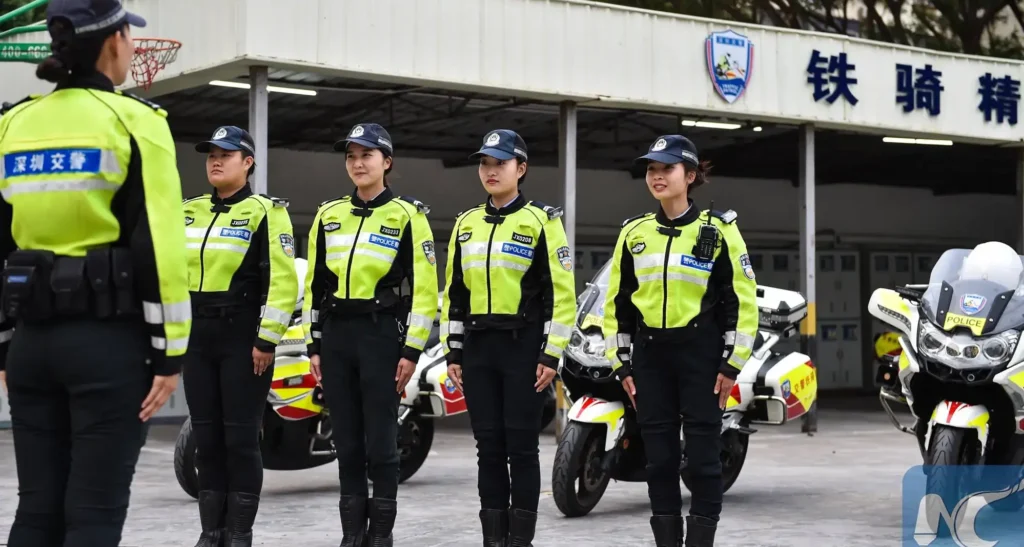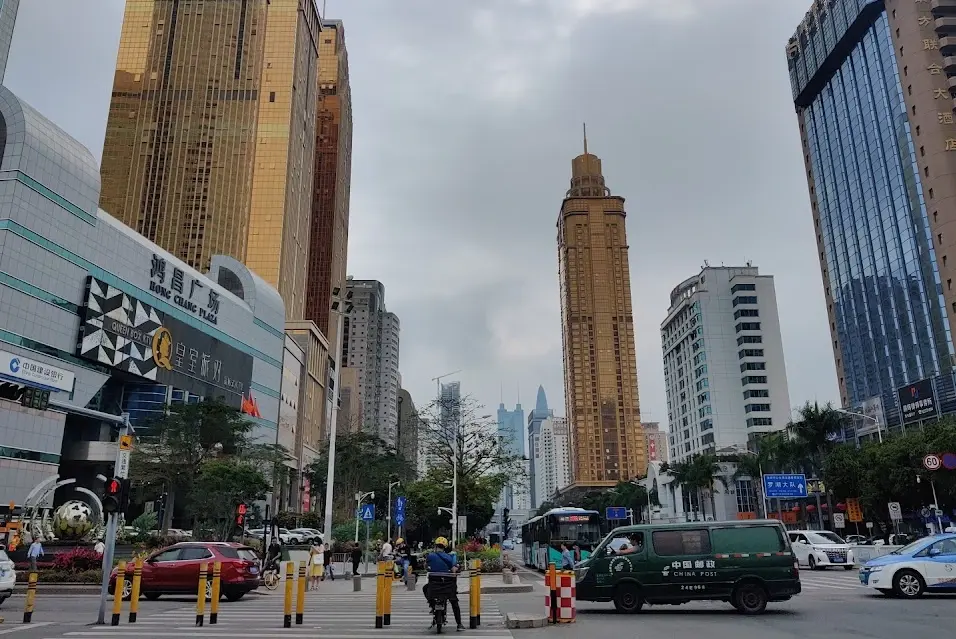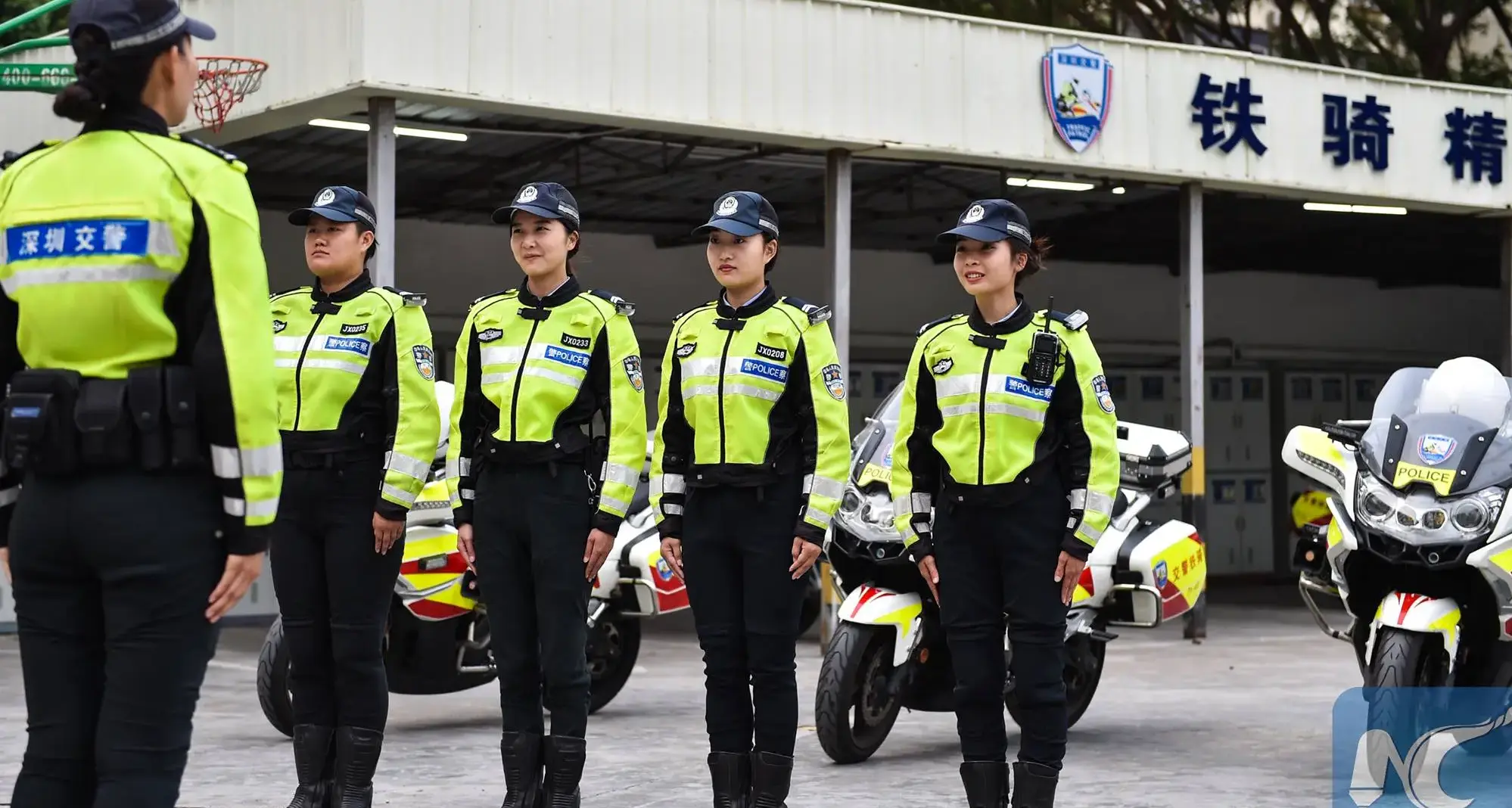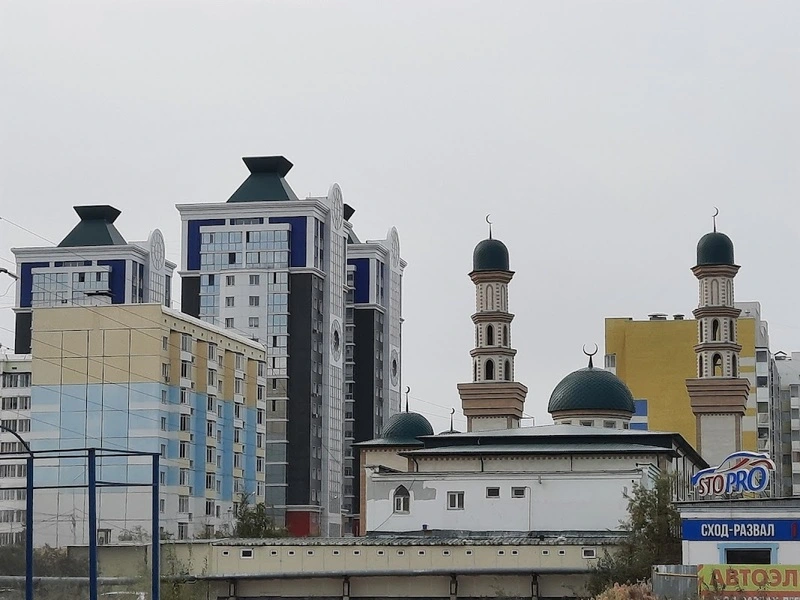Today, there is talk everywhere about India becoming a superpower, but meanwhile China has already become the “factory” of the world. In the last 20 years, China has made everything that we use daily—be it phones, laptops, or new electric vehicles.
It is a matter of thought that at one time China was poorer than Africa, but how did it develop so fast today?
Everyone has their own opinion about China, but very few people actually go there and see it. When we got this opportunity, we decided to do something about it, and we went to Shenzhen, the “Silicon Valley” of China.
There we got a chance to understand what factors help in the real development of a country.
According to the famous economist Robert Solow, there are three main factors for the development of a country—capital, labour, and technology.
Initially the country is built with factories, machines, and infrastructure, but there is a limit to development by building only these things. The real game changer is actually technology. To understand this idea, the first surprise of our China trip started from here.
We found that the AQI in the Chinese industrial area was surprisingly low, only 31, which is really not bad for an industrial area. Whereas the annual average of AQI in Delhi would be around 100.
Next, we had our first interesting experience of Chinese technology and automation through a taxi driver.
In India we often use Google Maps, but the driver was using an app called ‘Baidu Maps or A-map (Gaode Maps).’ The app not only showed directions but also displayed real-time traffic signals, speed cameras, every traffic light, and speed trap.

When we asked the driver about the app, he told us that it was made by Alibaba and everyone there uses it because it is extremely accurate. Finally, when we reached the hotel, we got another modern technological experience. Almost all hotels in China have automated systems.
Alibaba has been running a fully automated hotel in China since 2018, with no human staff—how weird does it sound, a hotel without humans?
Meanwhile, things got even more interesting when we tried to pay in cash; the people there looked at us as if we were from another century. You know, just like in India, almost everything is done through UPI; in China too, everything is done through phones.
Interestingly, most of these things in China are done through just one app. This app is WeChat.
Imagine if WhatsApp, Netflix, Uber, Paytm, and Spotify are mixed together; it will come out as WeChat. Whether you want to text someone, book a cab, watch a video, or make a payment—everything is possible through WeChat. It has almost 1.3 billion monthly active users, which is equal to about 75% of the total population of China.
More interesting facts include that almost every taxi in Shannan is electric, about 99%. At first we assumed that maybe this was limited to taxis only, but it wasn’t. A large number of ordinary people are also driving electric vehicles (EVs).
A big reason for this is China’s unique lottery system for gas vehicle number plates. Under this system, people participate in the lottery for more than 5 years, and many of them are competing with more than 3 million other residents.

The main reason for this is that traffic congestion and air pollution are a big problem in China. To combat these issues, the government has used this lottery system since 2011 to limit the number of vehicles registered each year.
Its cost is around ¥600 (Yuan), which is around ₹7,000 per month, but if you look at its gas vehicle, its cost is between ¥1,700 and ¥3,800, which is around ₹18,000 to ₹41,800. So we got to know why there has been such a big boom in the EV industry in China. Now the use of EVs is increasing rapidly.

China is now getting back on the roads, so when it came to maintaining road discipline and preventing people from disrupting the traffic system, the government has installed AI facial recognition cameras, and it was quite interesting to see because literally no one, not even a single person that the team saw, broke the signal traffic lights.

The use of AI in China is growing rapidly. It is not just limited to robots or cameras. AI is making its presence felt everywhere, including hospitals, classrooms, and grocery stores. After seeing these advancements with our own eyes, it is clear that adopting AI is no longer just an option but a necessity for everyone.
Automation is everywhere in China, but it is primarily in the industrial sector. A businessman invited us to visit his factories, where we were amazed to see products being produced at an incredible speed and all those machines being monitored by just one person.
Although the factory was not fully automated, the human-machine ratio was quite low, with most workers monitoring assembly. Another interesting criterion was salary: a factory worker in China earns around ¥8,871 (₹1,03,000) per month, dispelling the myth that Chinese labour is cheap.

Another seller pointed out that this notion was a thing of the past, especially after Shenzhen first emerged as the world’s electronics hub. Today, labour costs in China are higher than in many Asian countries, yet investors prefer China because it has the support of the government—excellent infrastructure, excellent stocks, and cheap credit that attracts global investors.
You should know that between 1985 and 2005, foreign investment in China was about 3% of Chinese GDP.
After that, the Chinese government also made huge public investments in domestic enterprises, creating wealth by promoting high-tech enterprises, which gave China 15-20 enterprises that could compete with the big US companies. This is exactly what the US did earlier to compete with Britain, but it took the US a century to match that.
In 1979 Shenzhen was a pretty ordinary fishing village of about 30,000 inhabitants. Then in 1980, under the leadership of the great Chinese leader Deng Xiaoping, China’s first special economic zone was created here.
This bold experiment opened up the city to foreign investment with tax incentives, regulatory flexibility, attracting ambitious entrepreneurs and workers from across China.
Rapid urbanization followed, and by the 1990s Shenzhen had grown into a great manufacturing hub. The city didn’t stop there, though. Heavy investment in infrastructure, education and technology turned Shenzhen into an innovation city, home to tech giants like Huawei, Tencent and DJI.
We found out the cost of living here. Renting a one-bedroom apartment outside Shenzhen costs ¥3,500-¥5,100 (₹40,000-₹57,500), while renting a house in the city costs ¥7,100-¥10,100 (₹80,000-₹1,15,000). But transport here is both affordable and efficient, with monthly passes costing between ¥200-¥400.
Eating out is varied, with meals costing ¥500-¥1,000, and Indian food is hard to come by. Despite its high cost, Shenzhen offers excellent infrastructure, advanced public services and recreational facilities. Interestingly, contrary to misconceptions, we found the Chinese people to be warm and hospitable. Locals had a special affinity towards India, and movies like Dangal and 3 Idiots were household favourites.

About the Author
Manish love to write and he is a Civil Servant. Users can follow Manish on Instagram ![]()
Can the Grok AI Create Studio Ghibli-Style Art?
Yes, in Gark 3 (beta), not only can any image be turned into Ghibli art,…
6 thing to be remember if Travel to Spain
Travelling to Spain is an extremely thrilling experience. This country in Western Europe is surrounded…
Mysterious drawings and lines in the Nazca desert
The famous complex and mysterious design of Nazca lines and drawings, which covers a desert terrain…
5 Cases of catastrophic hyperinflation in history
Some argue that money is nothing more than a piece of paper. However, when we…
Why you should get into the habit of saying NO ?
“The Power of No” is the ultimate key to your success and personality when you…
How was your day in Yakutsk, the coldest city in the world?
Located about 450 kilometers south of the Arctic Circle, Yakutsk is located in Russia. It…






